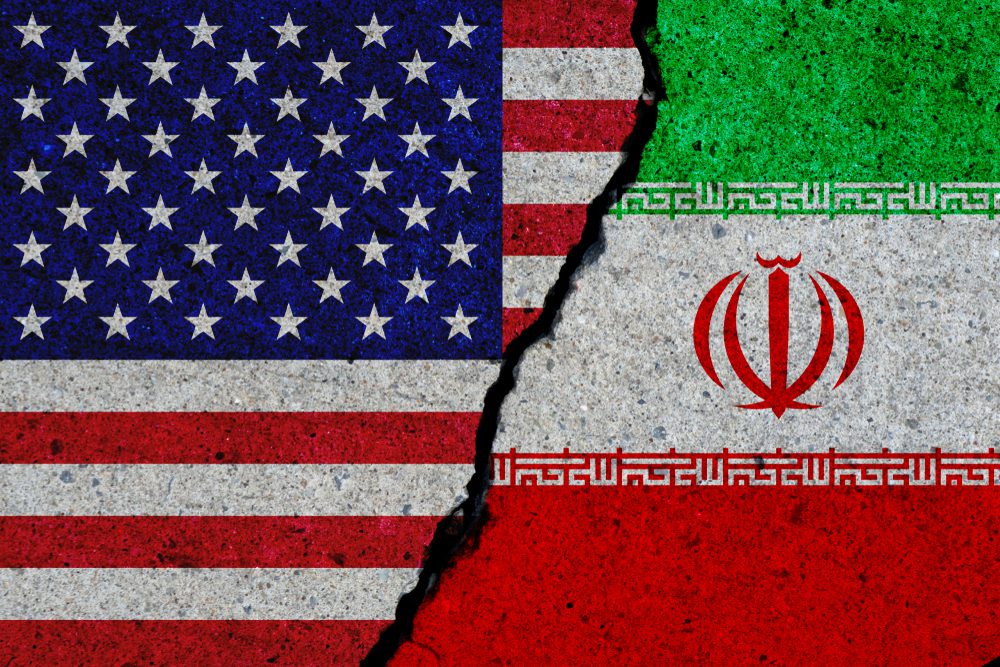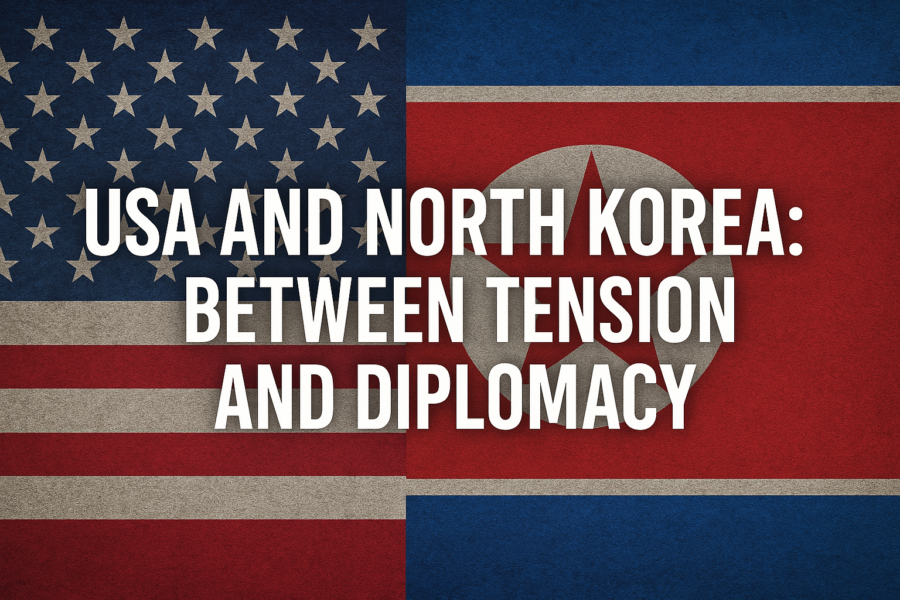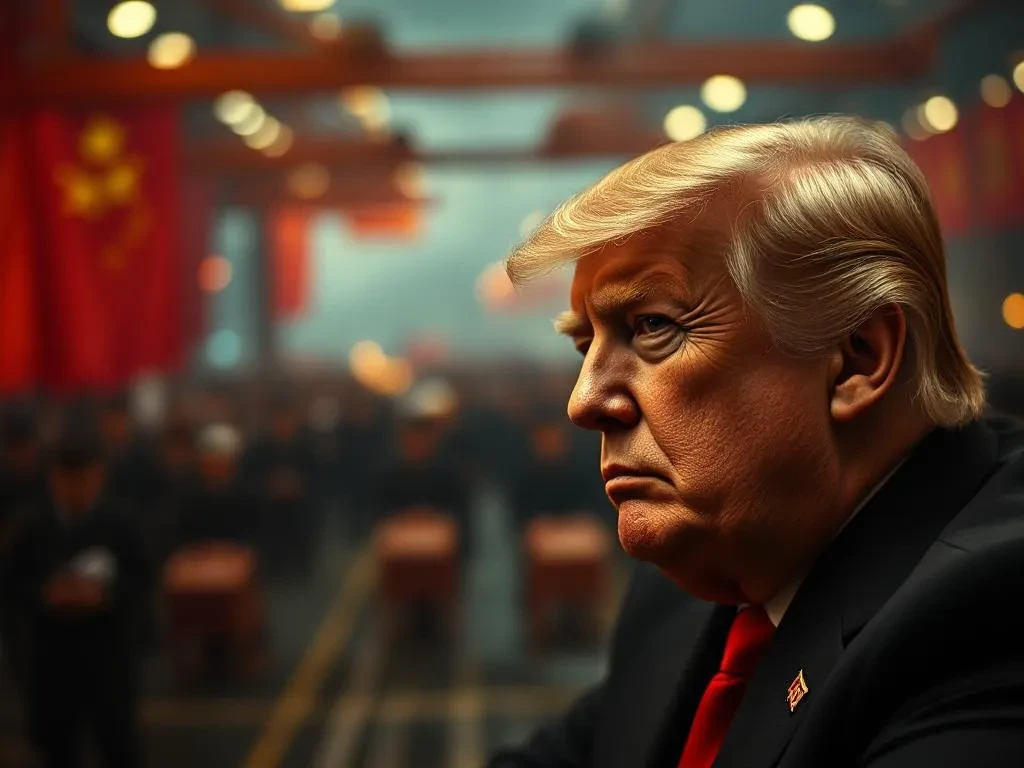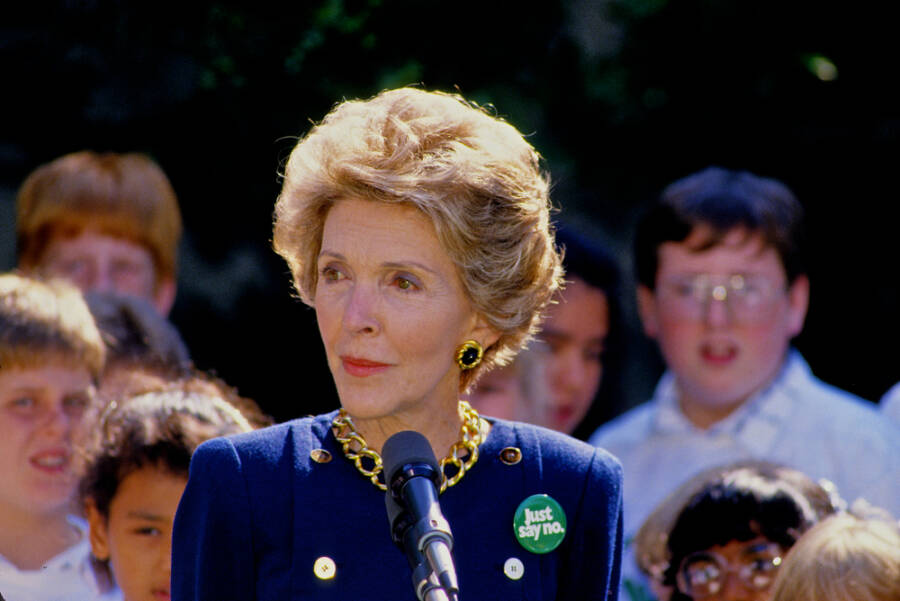Despite the fact that the president of the United States is elected by the people to serve the people, there has been more than one occasion where said presidents have not only failed to lead but also fed their greed, made others bleed, falsely freed, and in some cases succumbed to their need to breed.
Many politicians throughout the 244 years of our great nation’s history have used the Constitution more as a napkin than the supreme law of the United States of America, and most have not felt the long arm of that law but more like a light slap on the proverbial wrist.
Only one (although others came close; we’re looking at you, Bill) politician on this list of 10 political scandals has truly paid the ultimate political price for both his indiscretions and transgressions by losing that most prestigious and lofty position.
Unfortunately, there are no prizes for guessing who as it is so obvious (I’ll give you a clue – it has a gate in it), but read on to discover what other scandals have blighted the reputation of the land of the free and the home of the brave.

The Jefferson–Hemings Controversy
Much like the question of whether Jefferson truly condemned slavery and how he changed, this is a historical debate that some people today still find hard to accept. Did the 3rd president of the United States, Thomas Jefferson, have an affair and father children with one of the slaves he owned, Sally Hemings?
In 1802, political pamphleteer and journalist James T. Callender certainly seemed to think so.
Callender, whose writing already gave him a bit of a reputation as a “scandalmonger”, was tasked by Jefferson in the late 1790s to attack then-President John Adams. For this hit job, he expected to be appointed to the position of postmaster once Jefferson had ascended to the presidency.
After Jefferson’s victory, he didn’t give him the job, causing Callender to turn his pen on his one-time patron by publishing rumors about the president siring children with slave Sally Hemings.
This might seem like gossip-mongering for the sake of revenge, but rumors of the new president’s relationship with his slave had been swirling around long before the dispute. Jefferson would promptly deny this charge, and it would have no real impact on his time in office as he served as president for another 7 years.
The debate about whether Jefferson had or had not will never truly go away. It would be almost two centuries before some answers began to be found.
In 1998, a panel of researchers conducted a Y-DNA study of living descendants of Jefferson’s uncle, Field, and of a descendant of Hemings’s son, Eston Hemings, which showed a match with the male Jefferson line.
Two years later, a team of historians working for the Thomas Jefferson Foundation concluded that “the DNA study… indicates a high probability that Thomas Jefferson fathered Eston Hemings.”
Then, in 2017, a team of archeologists conducting archaeological excavations at Jefferson’s Monticello estate revealed what they believed to have been Sally Hemings’s quarters right next to his. By the following year, the Foundation stated that it considered the issue “a settled historical matter.”
Some, however, still contest this conclusion by asserting that there were a number of Jefferson males residing at the property, any of whom could have been the DNA match.
Cleveland’s Illegitimate Son
Although many a political commentator thought that the controversies and statements surrounding Donald Trump’s 2016 campaign would surely put a quick end to his bid for the White House, as history has shown us, candidates before the current 45th president of the United States have weathered bigger storms and still managed to make it to the Oval Office.
The details surrounding the Grover Cleveland scandal would bubble to the surface just days after he was installed as the Democratic presidential nominee in 1884, and not by accident either.
The very pro-Republican newspaper the Buffalo Evening Telegraph published an explosive story exposing the fact the newly anointed Democratic nominee had fathered an illegitimate son a decade prior and done so in a less than appropriate fashion, according to the child’s mother, a woman named Maria Halpin from Buffalo, New York.
The story she relayed in a sworn affidavit was beyond horrific. She claimed that Cleveland had impregnated her “by use of force and violence and without my consent.” When she threatened to go to the authorities, she claimed that Cleveland “told me he was determined to ruin me if it cost him $10,000, if he was hanged by the neck for it.”
If you think these details are unconscionable, the lack of conscience displayed by Cleveland will only continue.
Once the child was born, he would use his considerable influence in Buffalo, a city he would become mayor of a few years after this incident, to have the child placed in an orphanage and Halpin committed to a mental institution. Thankfully for Halpin, the doctors soon realized there was nothing wrong with her and released her.
In today’s political climate, most politicians faced with such damning accusations would deny, deny, deny, lest their careers go up in flames and they end up in jail. Cleveland and his cronies took a quite different route, falsely arguing that although Cleveland might be the father, he couldn’t be sure because Halpin slept with so many married men.
Not only did it work and not destroy his political career and reputation, he was sworn in as the 22nd president of the United States a year later, but he would see a second term as the 24th president of the United States in 1893, making him the only president in history to be elected for two non-sequential terms.
Woodrow Wilson’s Engagement
Although by today’s standards, this situation would be less seen as a scandal and more as an inappropriate time of mourning, President Wilson, much to the consternation of the Washington press corps, was a very private man when it came to his personal affairs.
However, only a year into his first term, his first wife and mother of his three daughters, Ellen Louise Axson, died of Bright’s disease (a historical classification of kidney diseases) at the White House on August 6, 1914.
Trouble arose when, just eight months later, Wilson was introduced to Edith Bolling Galt at the White House by Helen Woodrow Bones, the president’s first cousin. He would be instantly smitten with Galt and propose marriage soon after.
This did not sit well with the American people, so much so that rumors began to surface that Wilson had cheated on his first lady with Galt, although the pair would not meet until after the passing of his first wife.
The rumors would take a more sinister turn when they morphed from being an apparent affair to whispered gossip that somehow the President of the United States and his mistress had conspired to murder the First Lady in order for them to be together.
Disturbed at the effect these wild accusations could have on his presidency and personal reputation, Wilson suggested to Galt that she back out of their engagement. Galt would instead insist that they wait the appropriate time until the end of the official year of mourning, to which Wilson would agree.
The two would be married on December 18, 1915, at Galt’s home in Washington, D.C.
The Credit Mobilier Scandal
This series of events would be the first major corruption scandal to hit politics in post-Civil War America. Although the fraudulent practices of both the Union Pacific Railroad and the Crédit Mobilier of America construction company started in 1867, they wouldn’t come to the public’s attention until 1872.
This scandal would not only have a detrimental effect on the careers of many of today’s politicians but it would almost bankrupt Union Pacific.
The origins of the scandal would start in 1864 when Congress chartered the Union Pacific Railroad to build the eastern portion of the First Transcontinental Railroad, and from there the now-infamous Crédit Mobilier was established.
The construction company was essentially created by Union Pacific executives to greatly inflate construction costs to the tune of $94 million, despite the actual costs of construction being around $50 million.
With $44 million now lining the pockets of the executives, they would use some of their ill gotten gains to bribe several high-ranking Republican congressmen, all with close ties to the soon-to-be president, Ulysses S. Grant.
The Union Pacific executives would either give or sell to at a bargain basement price, these politicians stock in Credit Mobilier. In return, these corrupt Congressmen would grant a number of public subsidies and other gifts to the company to help line their own pockets.
The whole sordid affair would come to light when Henry S. McComb, an associate of then Crédit Mobilier head Congressman Oakes Ames, had a disagreement that would lead to McComb leaking compromising letters to the New York City newspaper, The Sun.
In 1872, the House of Representatives submitted the names of eight Republican politicians and one Democrat, who would always be quickly acquitted, to the Senate for investigation.
Congress would eventually investigate 13 of its members, and although all but two had the charges dropped, the scandal would have a lasting impact on many of their reputations but, sadly, not their freedoms despite an additional Department of Justice investigation.
One that discovered the company had given shares to more than 30 representatives of both parties, including James A. Garfield, Colfax, Patterson, and Wilson. Only Congressman Ames and New York Democrat James Brooks would see repercussions in the form of censure, which is basically a political term for a slap on the wrist.
The Whiskey Ring
Ulysses S. Grant’s tenure as the 18th president of the United States certainly wasn’t short of controversies and scandals. The fact that all of Grant’s executive departments were investigated by Congress at one time or another has caused some to argue that his presidency could be considered one of the most corrupt in history.
Due to the post Civil War economy bringing a lot of government expansion and an explosion in industrial wealth, there was suddenly a lot more money in the nation’s coffers, and the more money there is, the higher the risk of greed and corruption.
Much like the Credit Mobilier Scandal a few years earlier, there was no shortage of businessmen and politicians willing to line their own pockets.
A group of whiskey distillers, operating mainly in St. Louis, Milwaukee, and Chicago, would create an extensive bribery scheme to defraud the federal government of taxes.
After the Civil War had ended and the tax on liquor had risen to 70 cents per gallon, the distillers came up with a plan to pay officials only 35 cents per gallon and use some of the money paid to secure their complicity and silence.
In order to make sure everything looked above board, officials would stamp the whiskey barrels to indicate the 70 cents per gallon had indeed been paid.
As the group had all manner of people tied to this conspiracy, from government agents to storekeepers, internal revenue agents to distributors, they believed themselves untouchable. That was until Benjamin Bristow, then U.S. Secretary of the Treasury and a sort of proto-Elliot Ness, entered the scene.
There had been previous investigations into the ring, but they would ultimately lead to nothing, as the conspirators were always forewarned by their connections in government.
Bristow would take a new approach and start his investigation without the knowledge of the president or the Attorney General. His work would pay off when, in May 1875, using secret agents from outside the Treasury Department, he would break and expose the ring’s activities.
In October 1875, in Jefferson City, Missouri, the trials would begin. Initially led by special prosecutor general John Brooks Henderson, he was soon replaced by attorney James Broadhead after Henderson was fired for complaining about President Grant’s interference.
These trials would ultimately result in 110 convictions being made and over $3 million in taxes being recovered, despite the fact that a total of 238 people were indicted.
The highest-profile indictments were against the president’s private secretary, Orville E. Babcock, but he was eventually acquitted after Grant testified to his innocence. The other was his Secretary of War, William Belknap, although he conveniently resigned before he could be convicted.
The Petticoat Affair
Often confined to the pages of history, the long-forgotten Petticoat Affair was a major scandal that caused great consternation during the presidency of the respected and influential Andrew Jackson but also rocked the upper echelons of Washington, D.C., society.
It would all begin with Jackson’s rather controversial, in the eyes of many, the choice for Secretary of War, one John Henry Eaton.
The issue with Eaton was very similar to what would happen with Woodrow Wilson’s second marriage almost a century later: the rumors that would circle around them. Eaton would marry the recently widowed Margaret Timberlake, better known as Peggy Eaton, whose naval husband, John B. Timberlake, had allegedly committed suicide.
Although the initial scandal would be due to John and Peggy not waiting until the passing of a proper mourning period, that would soon grow into something quite different.
It was quickly rumored that Timberlake had taken his own life due to his wife and Eaton having an affair while he was on a four-year voyage on the USS Constitution (it would later emerge that he actually died of pneumonia while onboard a ship in the Mediterranean Sea).
Not only was this scandal too much for 1820–30’s high society, but the wife of Jackson’s Vice President John Calhoun would encourage the Washington social and political elite to ostracize the Eatons, which would also spark a major political crisis.
Almost all of Jackson’s cabinet turned against him and resigned over the appointment. Jackson would not back down, as he had always considered Eaton a friend and a confidant, but eventually, in order to resolve the situation, Eaton and then Secretary of State Martin Van Buren, who supported Jackson’s decision and would go on to be the next president, resigned.
The Teapot Dome Scandal
The Teapot Dome scandal during Warren G. Harding’s administration has long been recognized as one of the biggest presidential scandals of the early 20th century. Harding transferred control of naval oil reserve lands over to the Department of the Interior in 1921 (although it was later reversed by the Supreme Court, which ruled the move illegal).
Then-Secretary of the Interior Albert B. Fall used this newfound power for his own personal gain, handing over rights to the Teapot Dome Reserve in Wyoming to the Mammoth Oil Company in return for bribes.
When the scandal broke in 1924, he was found to have accumulated over $100,000 worth of bribes from the Mammoth Oil Company, among others. Although Harding had already passed away in office before the scandal broke, it became a hot topic of controversy for years after his death and continues to plague his now-infamous legacy.
Also known as the Oil Reserves Scandal or the Elk Hills Scandal, the Teapot Dome would rock and shock 1920s America and arguably cost a president his life. The scandal centers around the then-secretary of the interior, Albert Bacon Fall, and his secret leasing of federal oil reserves for his own personal gain.
It would all begin in 1921 when President Warren G. Harding decided to transfer supervision of the naval oil reserve lands from the Navy to the Department of the Interior.
Secretary Fall secretly granted exclusive rights to the U.S. Navy’s Teapot Dome oil reserve near Casper, Wyoming, in return for $200,000 in Liberty bonds for these leases and contracts.
He would similarly grant rights to Edward L. Doheny of Pan American Petroleum Company for the Elk Hills and Buena Vista Hills reserves in California and receive a $100,000 loan (around $1.5 million in today’s money), one clearly not meant to be paid back.
He would receive additional gifts from Doheny and Sinclair totaling about $404,000 (about $5.79 million today), and this would lead to the scandal being exposed as the sudden improvement in Fall’s standard of living raised many eyebrows and even more questions.
His taking of the ‘loan’ from Doheny would eventually break the scandal, and in 1929, Fall was found guilty of accepting bribes from Doheny and subsequently jailed. However, in 1930, Doheny was bizarrely acquitted of paying bribes to Fall.
Although the president himself was not implicated in the events that followed his decision to hand over control of naval oil reserve lands to the Department of the Interior, many felt Harding was guilty by association.
Many contend that this and the actions of those associates took a severe toll on his health and resulted in the president dying in office before the full extent of the wrongdoing had been determined.

The Iran-Contra Affair
The last on the list is probably one most are familiar with and one of the more contemporary scandals to rock the political establishment and the presidency, and it would make then-unknown Lieutenant Col. Oliver North a household name for all the wrong reasons.
The Iran-Contra affair would spotlight the United States’ policies towards two countries, Iran and Nicaragua after both had undergone revolutionary regime change in 1979.
In Iran, the U.S. feared the Islamic fundamentalists, led by Ayatollah Ruhollah Khomeini, and their militant anti-U.S. stance after toppling the pro-Western Shah Mohammed Reza Pahlavi.
Likewise in Nicaragua, when the leftist Sandinistas seized power, the U.S. feared not just their pro-communist leaning but that this could lead to the spread of communist insurgencies throughout Central America, a fear that was seemingly justified when the Sandinistas began providing support for leftist insurgents in El Salvador.
The opponents of the Sandinista regime, the contras, quickly gained the support of President Reagan, who began providing military aid and financial support and famously made the statement that he considered them “the moral equal” of the Founding Fathers of the United States.
The Democratic-led Congress, however, failed to agree. Fearing another Vietnam-like entanglement, in 1984 they passed the second Boland Amendment, legislation that banned both direct and indirect U.S. military aid to the Contras.
Meanwhile in Iran, despite the U.S. trying to engage with moderate elements in Iran, when Shiite terrorists in Lebanon loyal to Iran took a number of American citizens hostage, that would put an end to that.
This confluence of events would see the Reagan administration not only selling arms to Iran, wrongly believing this would facilitate the release of the hostages, but also using those profits to secretly fund and arm the Contra rebels in Nicaragua.
When all of this was discovered, it would send shockwaves across America, as these actions directly contradicted the U.S. government’s publicly stated policy.
When a plane conveying supplies to the contras was shot down and its pilot was taken prisoner by the Sandinistas in November 1986, the whole sordid affair came to light. Admiral John M. Poindexter and Lt. Colonel Oliver North became the major targets of the scandal and would endure lengthy, televised trials before being convicted (and ultimately pardoned).
As for Reagan, he would address the nation, stating he had no knowledge of these events, but it was eventually agreed that he most definitely did.
If you are curious about the Iran-Contra affair, this book might help you.
You might also like: 10 Celebrities Who Went Into Politics







